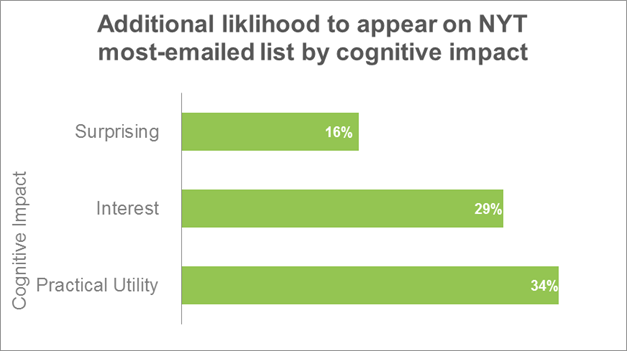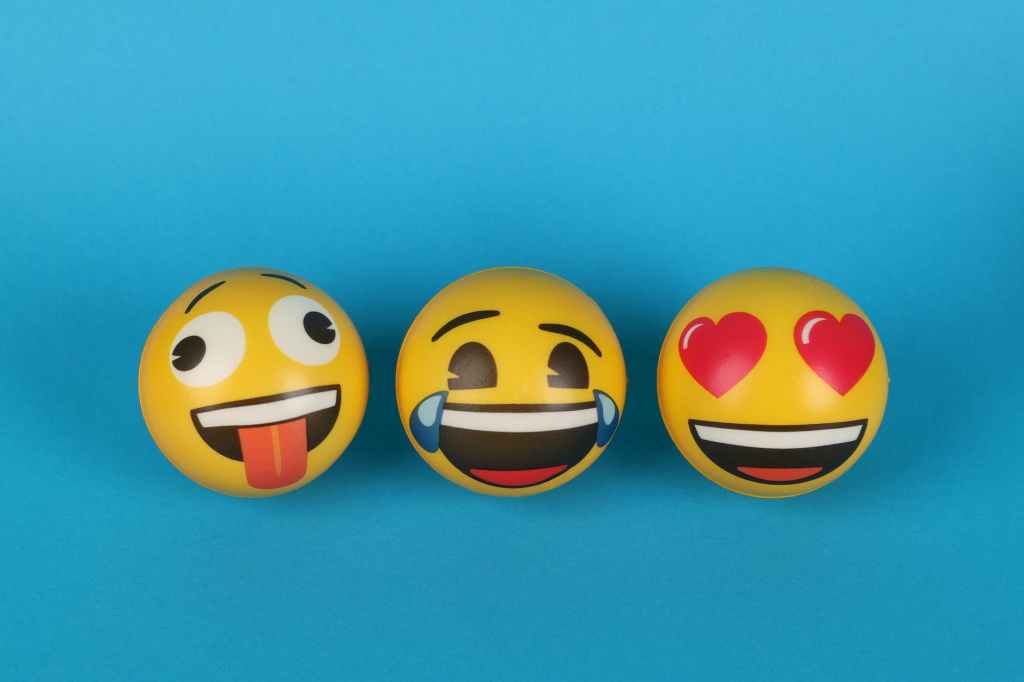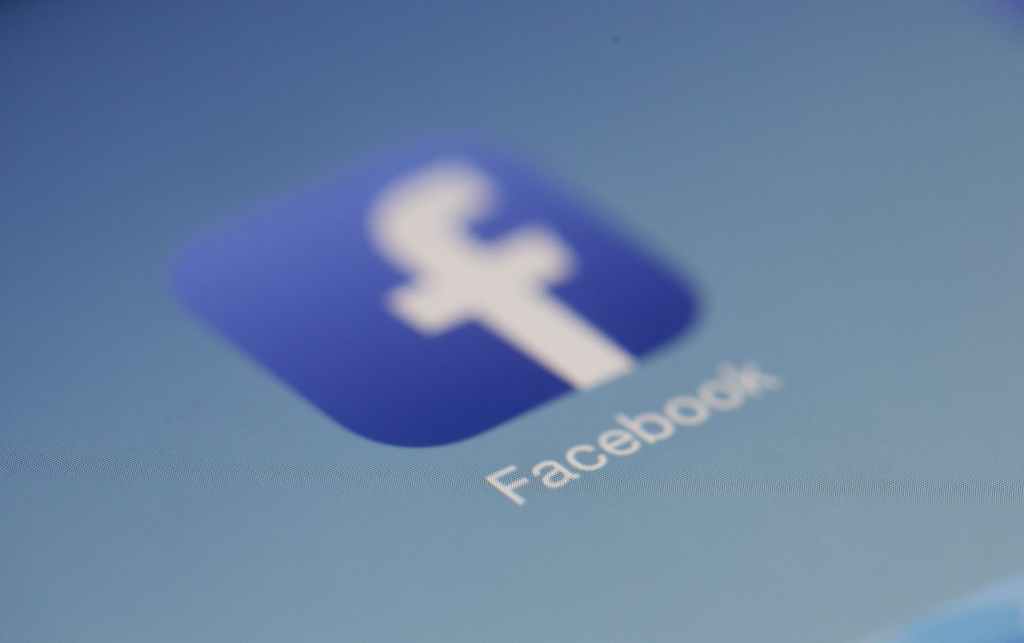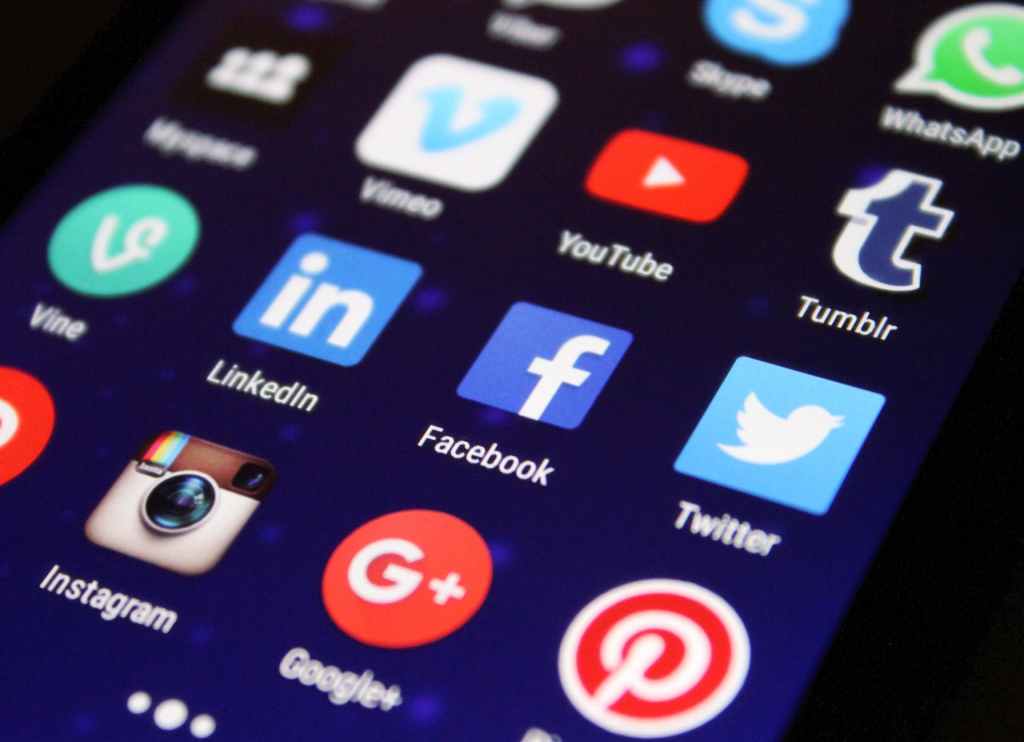We all know that emotions drive people’s consumption behavior and the economy.
Contents that deepens the relationship between companies, products and consumers is no exception. what should content creators keep in mind? One of the key factors is the “emotions.”
In this blog post, I’m going to explore how to create viral content that is more likely to be shared, starting from the keyword “emotion.”
Emotional Elements go viral: Anxiety, Awe, Anger
According to Carson Ward from Distilled, an online marketing consulting company based in New York, even if content is concise and contains excellent material, it needs to evoke emotions in the audience in order to be shared.
When analyzing elements of content shared in The New York Times, it becomes evident that whether content is influenced by “emotion” plays a role. Content that evokes lower energy emotions such as sadness tends to be less shared, while content that gives stronger emotions like anxiety, awe, and anger tends to be more shared.
Particularly, “anger” has been found to strongly influence to people’s emotions and has a much higher likelihood of spreading online compared to other emotions.
Chinese researchers examined over 70 million tweets on the Chinese social media Weibo. They labeled these posts based on their emotional content and mapped how each was retweeted and reacted to. As a result, Anger gave the most influential emotion driving readers towards retweet.

Source: Why Content Goes Viral: the Theory and Proof
Cognitive Elements go viral: Surprise, Intriguing, Useful
In addition to emotional elements, there is also an aspect of content being shared due to its impact on people’s perceptions. These elements include the surprise, intrigue, and usefulness for audience. Practical and useful information has more than twice the impact compared to content that only evokes surprise. However, surprising statements shared by influential individuals are exceptions.

Source: Why Content Goes Viral: the Theory and Proof
Reaching Even Deeper Emotions: Dove’s “Real Beauty” Campaign
Dove’s “Real Beauty” campaign, which has been ongoing for the past several years, aims to support all women. According to Dove’s proprietary research, only 4% of women worldwide consider themselves “beautiful.” With the majority of women lacking confidence in their own beauty, the key focus of this campaign is “self-esteem.” By reaching into the deeper emotions of the audience, Dove’s campaign has achieved success globally.
Dove’s “Real Beauty Sketches” achieved an astonishing milestone of over 114 million views in just one month, capturing the hearts of many people.




Leave a comment